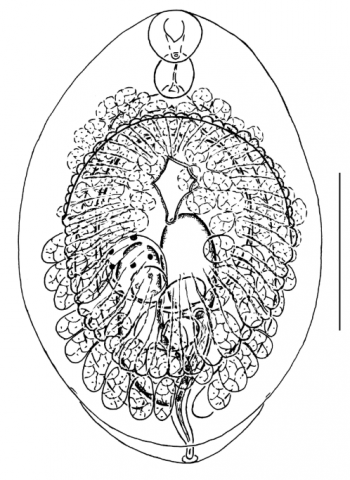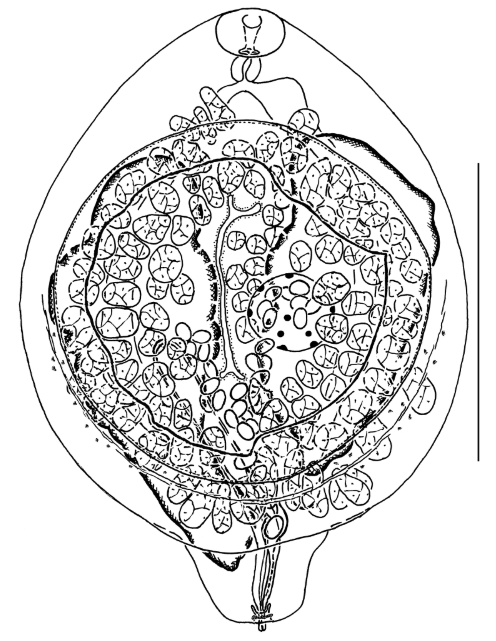
Scientists from the A.N. Severtsov Institute of Ecology and Evolution of the Russian Academy of Sciences (IEE RAS), the Rostov State Nature Biosphere Reserve and the Federal Center for the Study and Reproduction of Hunting Resources (Rostov-on-Don) discovered two species of flukes – Cyathocotyle fulicae and C. bithyniae – during a parasitological study of the coot in Russia and Belarus and studied them using morphological and molecular methods.
“Cyathocotyle fulicae is a rare and poorly studied species of trematodes, known from two registrations, one of which was not supported by morphological evidence. Cyathocotyle bithyniae is also a poorly studied parasite, sexually mature individuals of which have so far been obtained only in laboratory conditions,” said Sergey Vlasenkov, junior researcher at the IEE RAS.

The conducted study clarified the morphological features of these species and reconstructed their phylogenetic relationships. The authors put forward hypotheses about the belonging of C. bithyniae to the same species as the isolate of C. bushiensis from the USA, and C. fulicae to the dispersal larvae of flukes (cercariae) previously noted in the mollusk Bithynia tentaculata from Central Europe. Molecular data do not support the presence of the closest common ancestor in the molecularly characterized species of the genus Cyathocotyle, which indicates the need for revision of this group of flukes.
The article was published in the journal Zoosystematica Rossica: Vlasenkov S.A., Lipkovich A.D. & Sokolov S.G. 2025. Redescription and phylogenetic analysis of Cyathocotyle bithyniae and C. fulicae (Trematoda: Diplostomoidea: Cyathocotylidae) from Eurasian Coot Fulica atra (Aves: Rallidae). Zoosystematica Rossica 34(1): 160–172. Doi: 10.31610/zsr/2025.34.1.160
